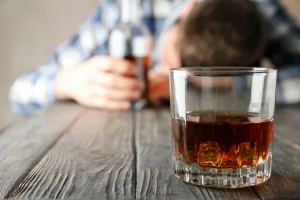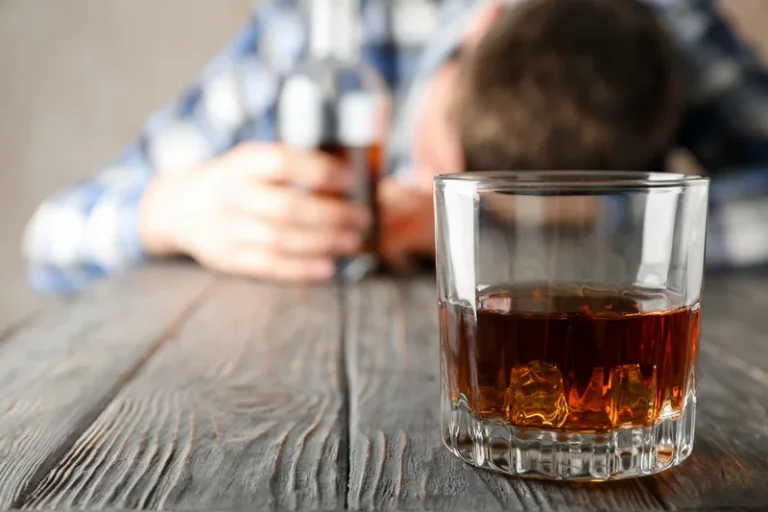
People who use tobacco or other substances are more likely to experience withdrawal when they stop smoking marijuana. Cannabis use disorder is more likely to develop in individuals who began smoking weed at a younger age or use the drug heavily. The National Institute on Drug Abuse (NIDA) suggests that around 30% of people who use marijuana have a cannabis use disorder. While marijuana (also known as weed) is sometimes portrayed as relatively harmless, research has shown that it can have a number of negative effects on health.
How to Get Help for Marijuana Addiction
Tell your doctor if you use pot so they can keep an eye on your risk. People who have recently used or chronically use marijuana might take longer to empty their stomachs. Because of this, if you use pot, you’re at risk of your stomach contents coming back up into your throat and being sucked into your lungs before your anesthesiologist is able to put in your breathing tube. The main psychoactive ingredient, THC, stimulates the part of your brain that responds to pleasure, like food and sex.

Long-Term Effects of Cannabis on the Brain: Neuroimaging Studies
Volkow also conducted a 2014 study that found that the brains of people who misuse marijuana have a decreased response to dopamine. “Mental health is a huge risk factor for addiction,” said Stalcup. The use disorder, according to researchers, can morph into an addiction when the person can’t stop using the drug even when it interferes with their daily activities. Researchers estimated that 4 million people in the United States met the criteria for marijuana use disorder in 2015. They add that people who use marijuana before age 18 are 4 to 7 times more likely to develop this use disorder than adults. In addition, marijuana dependence has been linked with a lack of motivation.
It May Affect Your Mental Health
All teens should be screened for marijuana and other drug use as part of routine medical care. Your child’s doctor will want to ask questions about marijuana in private to get honest answers. If your child reports marijuana use, the doctor will determine whether your child needs very brief advice, a return visit, or a referral to a specialist.
Which Treatment Options are Available for Marijuana Addiction?
Today, marijuana is classified by the federal government as a Schedule I substance, which means the drug presents a high risk for abuse and is deemed to have no medicinal uses. However, several states have legalized marijuana for adult recreational use, and 23 states as well as the District of Columbia allow use of medical marijuana to treat certain medical conditions. There are currently no FDA-approved medications for the treatment of marijuana use disorders, but research in this area is ongoing. Clinical trials have shown that buspirone, an anti-anxiety medication, can reduce cravings and drug use and decrease symptoms of irritability. Synthetic cannabinoids, compounds manufactured to replicate individual chemicals found in cannabis, are much more potent than cannabis and therefore could be more dangerous. Doctors at Yale Medicine treat patients for cannabis use disorder and are conducting leading research to advance therapies to treat it and to better understand the effects of cannabis on the brain.
- Specifically, they had fewer connections in parts of the brain linked to alertness, learning, and memory, and tests show lower IQ scores in some people.
- People who have cannabis use disorder may also be at a higher risk of other negative consequences, such as problems with attention, memory, and learning.
- “Part of the problem with prevention and deciding whether you should use a drug or not is that it’s hard to imagine, with one’s current brain, having a brain that isn’t making those evaluations rationally,” he said.
- Preliminary results for clinical trials testing a drug that increases the brain’s cannabis-like proteins are promising — especially in terms of reducing drug use and withdrawal symptoms.
- A person will need more and more marijuana to achieve the same effects.
- Most early research into marijuana addiction suggested that marijuana use rarely produced tolerance and withdrawal.

Lack of regulation means you can’t always know exactly what you’re buying. If you use these drugs more, you’re at risk for opioid use disorder. If you smoke pot regularly, it can lead to is marijuana addictive coughing, wheezing, phlegm, and a higher risk of respiratory infections.
- For instance, one study found that if your biological parents abuse alcohol or other drugs, you may be more likely to abuse alcohol or other drugs, including marijuana.
- We do not receive any commission or fee that is dependent upon which treatment provider a caller chooses.
- One example is when a person who has taken a prescription medication for a long time stops taking that medication and experiences physical or mental withdrawal symptoms.
- Some researchers believe that because today’s marijuana is much more potent, it makes it more likely that some people will develop physiological dependence.
Marijuana is the most commonly used illicit drug in the United States, typically smoked as a hand-rolled cigarette (joint) or in a pipe or water pipe (bong). The drug is also smoked in what’s called a blunt—a cigar that’s been emptied of tobacco and refilled with a mixture of marijuana and tobacco. Marijuana smoke has a pungent and distinctive sweet-and-sour odor. Cannabis plant material can also be concentrated in a resin called hashish or a sticky black liquid called hash oil. If you feel like your marijuana use has gotten out of control, it’s time to reach out for help. Contact one of our compassionate Admissions Navigators at American Addiction Centers (AAC), who will listen to your story, explain your options, and even help verify your insurance.
Getting Help for Marijuana Addiction

Call and let one of our compassionate and experienced Admissions Navigators answer your questions, explain your treatment options, and help you get started on your journey to recovery. Research suggests that approximately nine percent of users develop addiction. The estimated incidence of addiction increases among those who start using at a young age (an estimated 17 percent develop addiction) and among people who use the drug daily (an estimated percent become addicted). It’s also important to note that marijuana potency has increased significantly over the years. In 2012, the THC concentration in marijuana samples confiscated by law enforcement averaged near 15 percent, compared with an average concentration of four percent in the 1980s. High-potency forms of the drug can expose new users to increased concentrations of THC and greater risk of experiencing adverse or unpredictable reactions.
It can also be consumed via tea, baked goods, candies, or other edible means. Many people who use marijuana regularly notice that it boosts their appetite. They call this “the munchies.” Some research suggests that might help people with AIDS, cancer, or other illnesses regain weight. If you use it regularly, you could have the same breathing problems as someone who smokes cigarettes.

Encourage them to ask questions and tell you about their concerns. You may find teachable moments from news stories or even TV shows or movies that portray marijuana use in their storylines. Marijuana use is often portrayed as harmless, but the truth is that marijuana can be an addictive drug, especially for teens, that can cause serious risks and consequences. “Long story short, this is a very vulnerable population, and evidence shows that during pregnancy, marijuana use is detrimental for both mother and child,” Haider said.

